|
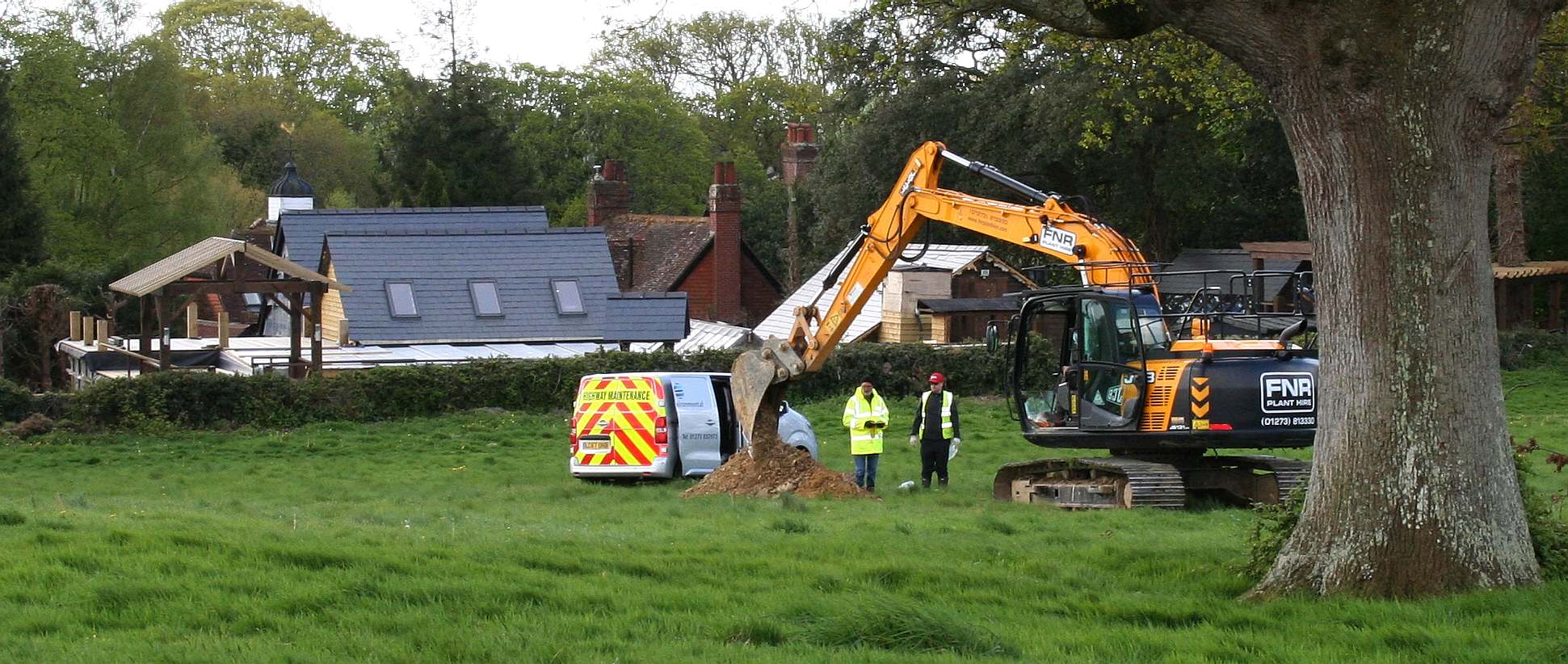
WATER
RIGHTS - Clarion Housing Group and Thakeham
Homes are in danger of spoiling an ancient well that supplies water
to many concerns in this vicinity. In the picture you can see a hired
digger scooping out trenches to test drainage by pouring in water and
measuring the rate of absorption by the soil. It seems to us that if you
build houses on the ground that feeds the ancient well, that
contamination from garden treatments such as Roundup and engine oils,
etc., will find its way into this well leading to claims against the
owners of the houses who would have been sold a pup, and/or against the
Council for approving the proposal, by way of a negligence claim, and/or
against the vendors or developers. Any way you look at it the developers
and Council concerned should take steps to ensure that no development
takes place until the proper tests and evaluations have been completed,
and after that stage, to ensure that any houses built in this location
will not be on a path that includes the water
table that feeds the ancient well.
Any
failure to conduct the proper tests and house situation, along with safe
sewage disposal, may tempt the Secretary
of State to call in the application. We imagine that all of those
with a financial interest in this piece of greenbelt will want to
resolve issues before it starts to get complicated.
12.
CONSERVING AND ENHANCING THE HISTORIC ENVIRONMENT
126. Local planning authorities should set out in their Local Plan a positive strategy
for the conservation and enjoyment of the historic environment, including
heritage assets most at risk through neglect, decay or other threats. In doing
so, they should recognise that heritage assets are an irreplaceable resource
and conserve them in a manner appropriate to their significance. In
developing this strategy, local planning authorities should take into account:
●● the desirability of sustaining and enhancing the significance of heritage
assets and putting them to viable uses consistent with their conservation;
●● the wider social, cultural, economic and environmental benefits that
conservation of the historic environment can bring;
●● the desirability of new development making a positive contribution to local
character and distinctiveness; and
●● opportunities to draw on the contribution made by the historic environment to the character of a place.
127. When considering the designation of conservation areas, local planning
authorities should ensure that an area justifies such status because of its
special architectural or historic interest, and that the concept of conservation
is not devalued through the designation of areas that lack special interest.
128. In determining applications, local planning authorities should require an
applicant to describe the significance of any heritage assets affected, including any contribution made by their setting. The level of detail should be
proportionate to the assetsí importance and no more than is sufficient to
understand the potential impact of the proposal on their significance. As a
minimum the relevant historic environment record should have been consulted and the heritage assets assessed using appropriate expertise where
necessary. Where a site on which development is proposed includes or has
the potential to include heritage assets with archaeological interest, local
planning authorities should require developers to submit an appropriate desk-based assessment and, where necessary, a field evaluation.
129. Local planning authorities should identify and assess the particular
significance of any heritage asset that may be affected by a proposal (including by development affecting the setting of a heritage asset) taking
account of the available evidence and any necessary expertise. They should
take this assessment into account when considering the impact of a proposal
on a heritage asset, to avoid or minimise conflict between the heritage assetís
conservation and any aspect of the proposal.
130. Where there is evidence of deliberate neglect of or damage to a heritage
asset the deteriorated state of the heritage asset should not be taken into
account in any decision.
131. In determining planning applications, local planning authorities should take
account of:
●● the desirability of sustaining and enhancing the significance of heritage
assets and putting them to viable uses consistent with their conservation;
●● the positive contribution that conservation of heritage assets can make to
sustainable communities including their economic vitality; and
●● the desirability of new development making a positive contribution to local
character and distinctiveness.
132. When considering the impact of a proposed development on the significance
of a designated heritage asset, great weight should be given to the assetís
conservation. The more important the asset, the greater the weight should
be. Significance can be harmed or lost through alteration or destruction of
the heritage asset or development within its setting. As heritage assets are
irreplaceable, any harm or loss should require clear and convincing justification. Substantial harm to or loss of a grade II listed building, park or
garden should be exceptional. Substantial harm to or loss of designated heritage assets of the highest significance, notably scheduled monuments,
protected wreck sites, battlefields, grade I and II* listed buildings, grade I and
II* registered parks and gardens, and World Heritage Sites, should be wholly
exceptional.
133. Where a proposed development will lead to substantial harm to or total loss
of significance of a designated heritage asset, local planning authorities
should refuse consent, unless it can be demonstrated that the substantial
harm or loss is necessary to achieve substantial public benefits that outweigh
that harm or loss, or all of the following apply:
●● the nature of the heritage asset prevents all reasonable uses of the site;
and
●● no viable use of the heritage asset itself can be found in the medium term
through appropriate marketing that will enable its conservation; and
●● conservation by grant-funding or some form of charitable or public
ownership is demonstrably not possible; and
●● the harm or loss is outweighed by the benefit of bringing the site back
into use.
134. Where a development proposal will lead to less than substantial harm to the
significance of a designated heritage asset, this harm should be weighed
against the public benefits of the proposal, including securing its optimum
viable use.
135. The effect of an application on the significance of a non-designated heritage
asset should be taken into account in determining the application. In weighing applications that affect directly or indirectly non designated
heritage assets, a balanced judgement will be required having regard to the
scale of any harm or loss and the significance of the heritage asset.
136. Local planning authorities should not permit loss of the whole or part of a
heritage asset without taking all reasonable steps to ensure the new development will proceed after the loss has occurred.
137. Local planning authorities should look for opportunities for new development
within Conservation Areas and World Heritage Sites and within the setting of
heritage assets to enhance or better reveal their significance. Proposals that
preserve those elements of the setting that make a positive contribution to or
better reveal the significance of the asset should be treated favourably.
138. Not all elements of a World Heritage Site or Conservation Area will
necessarily contribute to its significance. Loss of a building (or other element)
which makes a positive contribution to the significance of the Conservation
Area or World Heritage Site should be treated either as substantial harm
under paragraph 133 or less than substantial harm under paragraph 134, as
appropriate, taking into account the relative significance of the element
affected and its contribution to the significance of the Conservation Area or
World Heritage Site as a whole.
139. Non-designated heritage assets of archaeological interest that are demonstrably of equivalent significance to scheduled monuments, should be
considered subject to the policies for designated heritage assets. 140. Local planning authorities should assess whether the benefits of a proposal
for enabling development, which would otherwise conflict with planning policies but which would secure the future conservation of a heritage asset,
outweigh the disbenefits of departing from those policies.
141. Local planning authorities should make information about the significance of
the historic environment gathered as part of plan-making or development management publicly accessible. They should also require developers to
record and advance understanding of the significance of any heritage assets
to be lost (wholly or in part) in a manner proportionate to their importance
and the impact, and to make this evidence (and any archive generated) publicly
accessible. However, the ability to record evidence of our past should not be a factor in deciding whether such loss should be permitted.
CONTACTS
Department for Communities and Local Government
Eland House
Bressenden Place
London,
SW1E 5DU
United
Kingdom
Telephone: 030 3444 0000
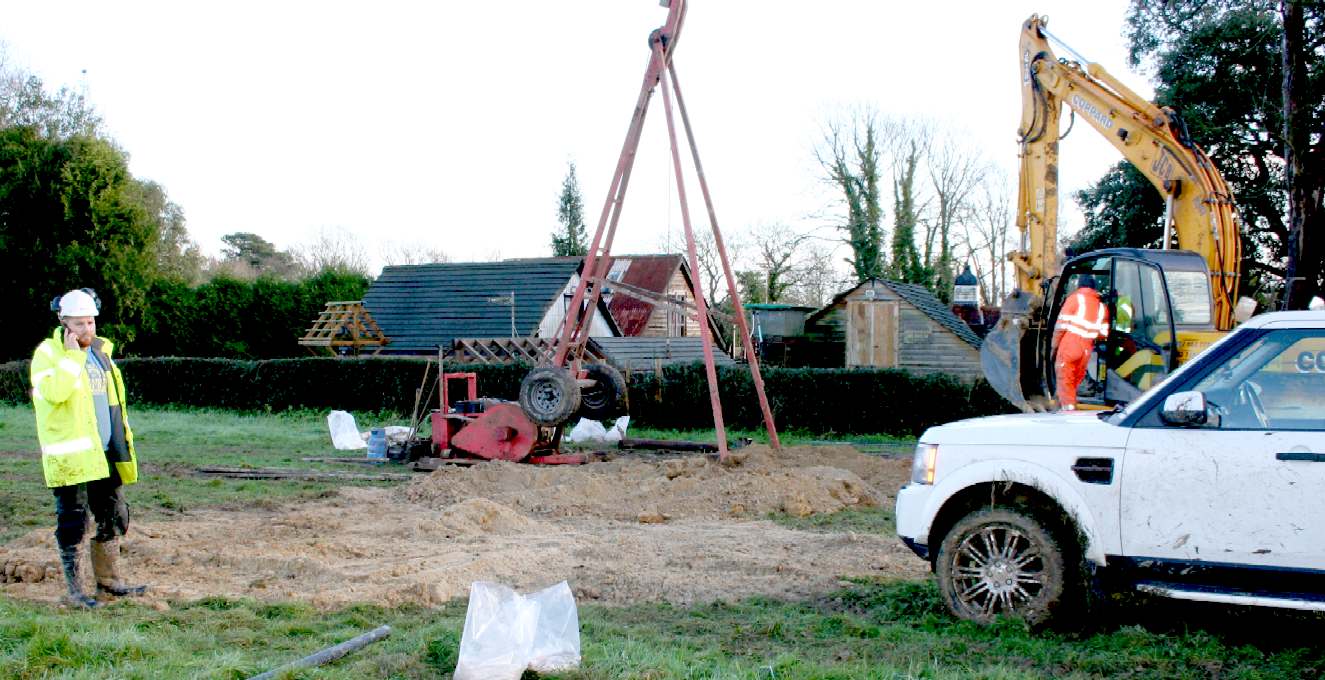
HINKLEY,
CALIFORNIA - GROUND WATER CONTAMINATION - The
town of Hinkley, California,
located in the Mojave Desert, (about 121 miles driving distance
north-northeast of Los Angeles) had its groundwater contaminated with
hexavalent chromium starting in 1952, resulting in a legal case
against Pacific Gas & Electric (PG&E) and a multimillion-dollar
settlement in 1996. The legal case was dramatized in the film Erin
Brockovich, released in 2000.
Residents of Hinkley filed a class action against PG&E,
encaptioned Anderson, et al. v. Pacific Gas and Electric (Superior Ct.
for County of San Bernardino, Barstow Division, file BCV 00300.
In 1993, Erin Brockovich, a legal clerk to lawyer Edward L. Masry,
investigated the apparent elevated cluster of illnesses in the
community linked to hexavalent chromium. The efforts of Brockovich and
Masry, and the plight of the people of Hinkley, became widely known
when the film Erin Brockovich was released in 2000.
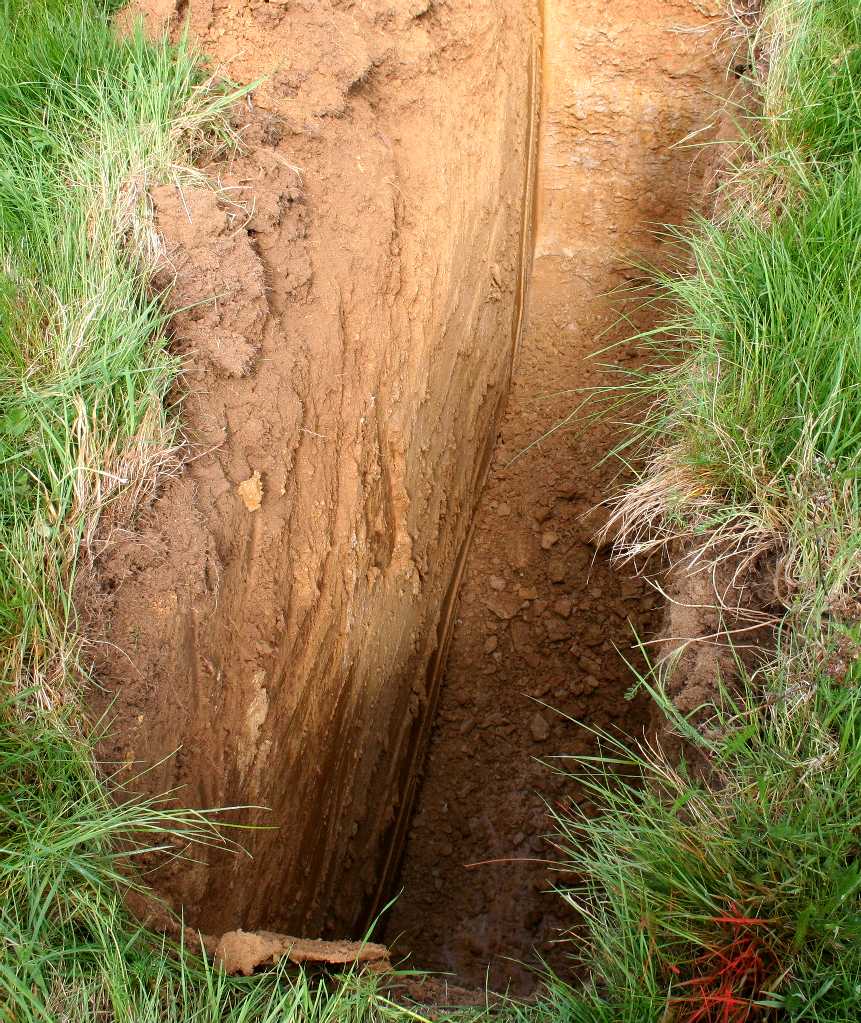
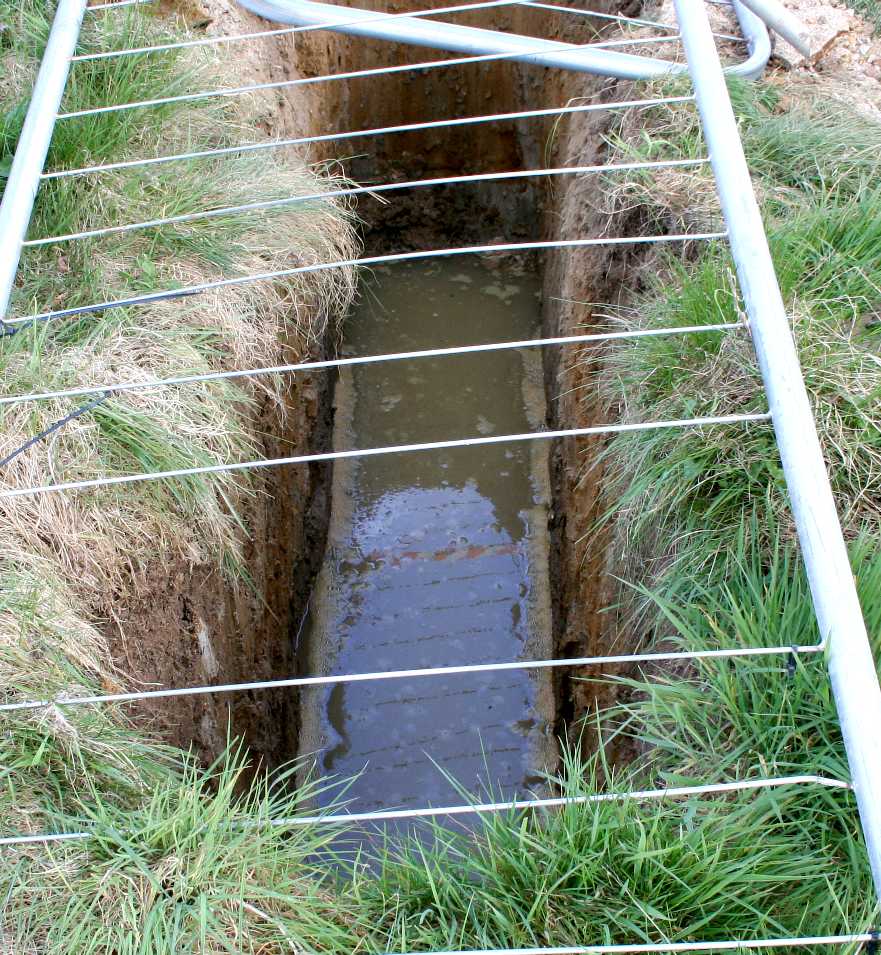
After
many arguments, the case was referred to arbitration with maximum
damages of $400 million. After the arbitration for the first 40 people
resulted in roughly $110 million,
PG&E reassessed its position and decided to end arbitration and
settle the entire case. The case was settled in 1996 for $333 million,
the largest settlement ever paid in a direct-action lawsuit in U.S.
history.
In 2006, PG&E agreed to pay $295 million to settle cases involving
another 1,100 people statewide for hexavalent chromium-related claims.
In 2008, PG&E
settled the last of the cases involved with the Hinkley claims for $20
million.
LEAD
CASE: In the case of Wealden
District Council and planning application WD/2015/0090/MAO,
originally filed by Tim
Watson in 2014, then re-filed by Gleeson
Developments in 2015, and taken over by Clarion
Group and Thakeham
Group, there appear to be multiple errors in applying these
policies to greenbelt, including failing to protect open spaces and
the historic built environment, and not promoting sustainable
transport.
The
Horse
Sanctuary Trust are following this case with much interest. We
consider that the paper trail will eventually make interesting
reading, leading us to who is making the decisions and the money
........
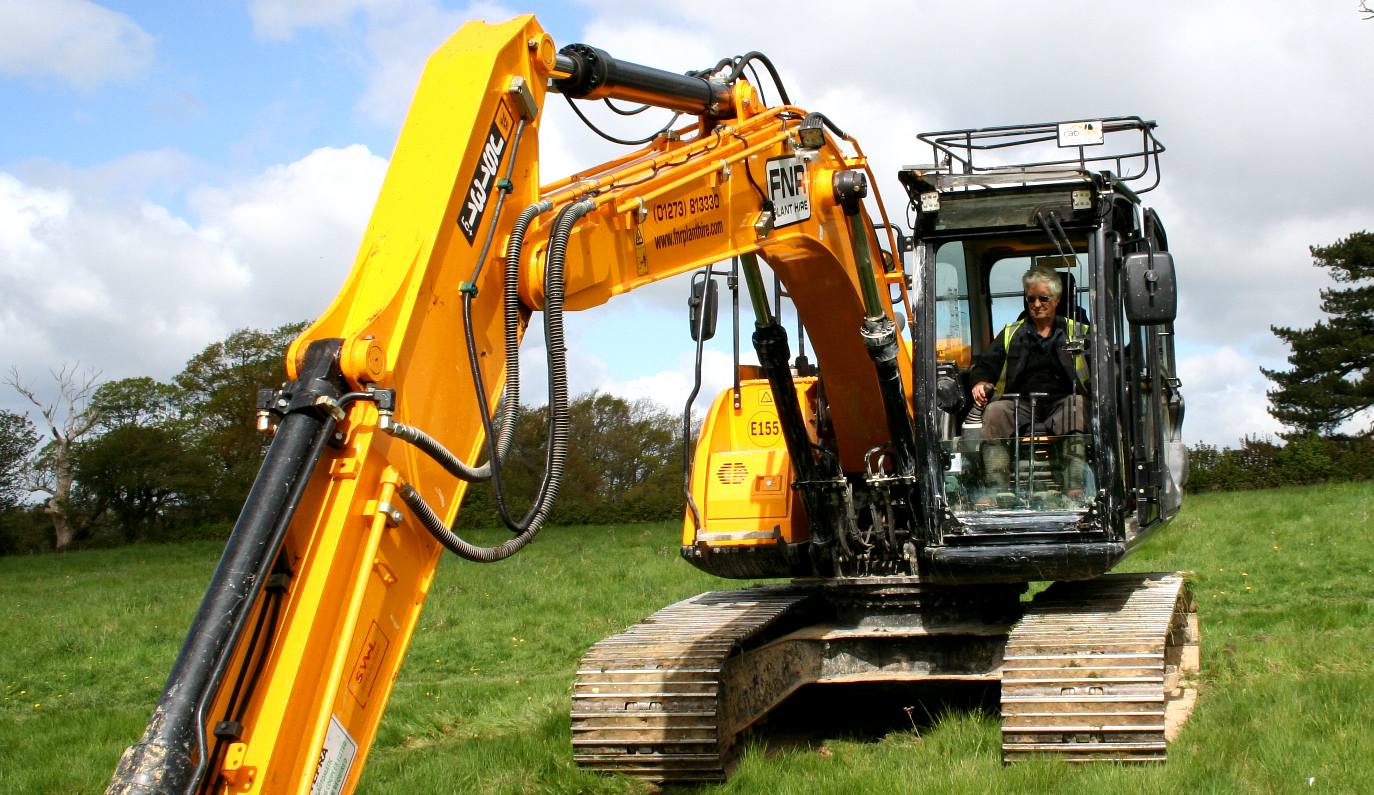
GREENBELT
- Digging up Greenfield sites for quick
profits from windfall planning consents is ruining the heritage of
the nation. Once it is gone, it is gone. Britain is short of genuinely
affordable housing that developers are loath to provide where all they
want is the money. It may be that Clarion Housing and Thakeham intend
building affordable units on this site. They should also bear in mind
the requirement for sustainable development in United
Nations terms. Copyright photograph © April 26 2018, Herstmonceux
Museum Limited. All rights reserved. You may not copy this picture
except for educational
use.
|




